17 Vintage Race Cars That Still Turn Heads Today
Vintage race cars have a timeless appeal that continues to captivate car enthusiasts and collectors alike. These machines are not only a testament to the engineering excellence of their time but also to the thrilling moments they created on race tracks. From their unique designs to the speed and performance that defined their era, these cars are a true reflection of motorsport history. Many of these vintage racers still hold a special place in the hearts of fans, with their legacy alive at car shows, auctions, and historic races. Their lasting impact on automotive design and racing innovation ensures that they remain sought after, even decades after their heyday.
This post may contain affiliate links, which helps keep this content free. Please read our disclosure for more info.
Ferrari 250 GTO
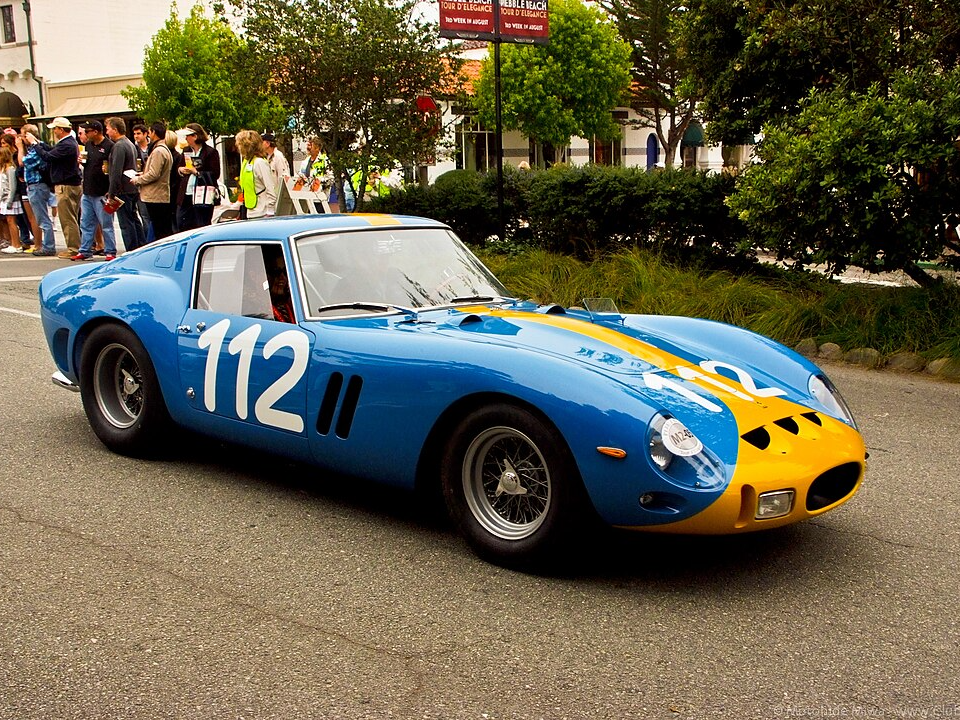
Estimated Value: $48 million+
The Ferrari 250 GTO is one of the most iconic racing cars ever built, produced between 1962 and 1964. Only 36 were made, which makes it incredibly rare and highly valuable today. Designed by Ferrari to compete in the FIA’s Group 3 Grand Touring Car category, it was powered by a 3.0-liter V12 engine capable of reaching speeds of up to 174 mph. Its streamlined design, perfect for both road and race tracks, is a true testament to Ferrari’s engineering prowess.
Despite being over half a century old, the 250 GTO is still a head-turner in both motorsport and collector circles. The combination of its competitive racing heritage, limited production, and stunning looks contribute to its legendary status. Cars with verified racing history or original components have been sold for tens of millions at auction, solidifying the 250 GTO’s place as a racing car legend.
Jaguar C-Type (1951‑1953)
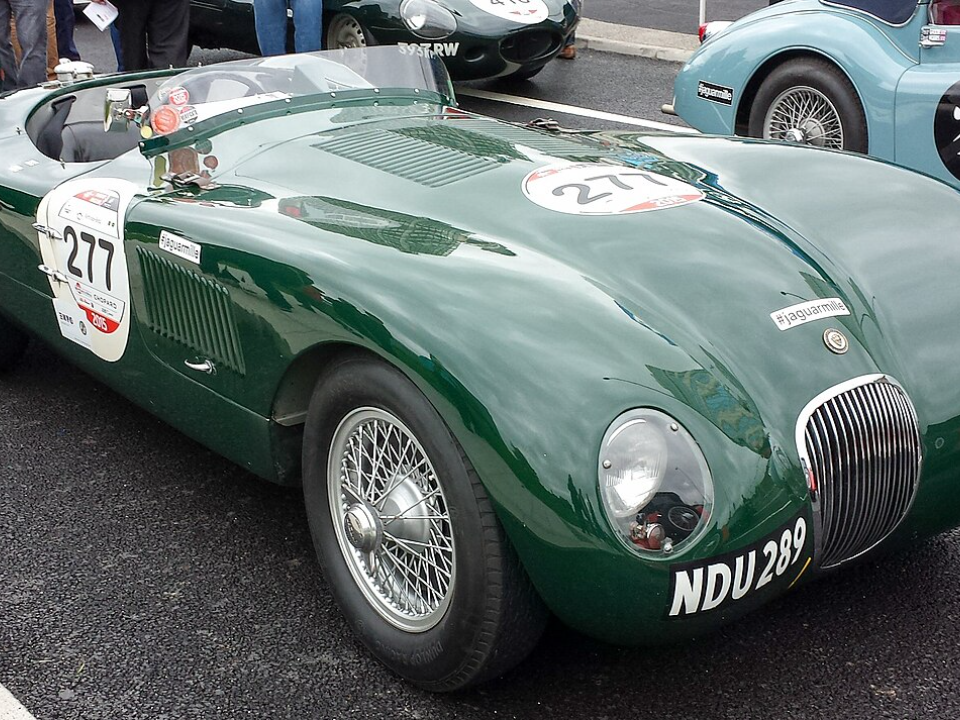
Estimated Value: ~$2 million to ~$13 million
The Jaguar C-Type was a groundbreaking sports car produced for endurance racing. It is most famous for its victory at the 1951 Le Mans 24 Hours race, where it showcased its superior design and performance. The car was powered by a 3.4-liter inline-six engine that provided ample speed and durability, key to winning the race. Only 53 C-Types were produced, and their lightweight aluminum bodywork contributed to their exceptional performance on the track.
Today, the C-Type remains a highly sought-after collector’s item due to its success in the motorsport world and its historic Le Mans win. The rarity of this model and the engineering excellence Jaguar put into its development make it one of the most desirable cars for collectors. Some examples with racing history have fetched incredibly high prices, with values continuing to rise.
Ford GT40 (1964‑1969)
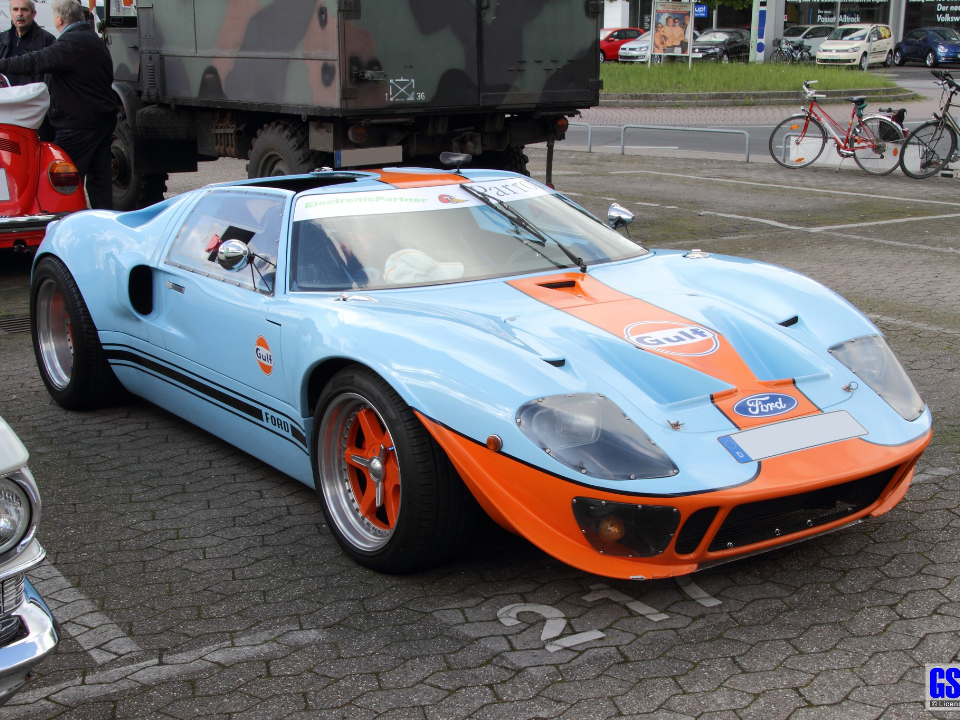
Estimated Value: ~$3.6 million
The Ford GT40 was born out of the fierce rivalry between Ford and Ferrari, with Ford determined to win the prestigious 24 Hours of Le Mans. Developed in the early 1960s, the GT40’s unique design, with a mid-mounted engine and low, wide body, was optimized for high-speed racing. This car would go on to dominate the Le Mans race in 1966, taking the top three positions in one of the most iconic victories in motorsport history.
The GT40 remains a cultural icon, and its racing success continues to drive its market value upwards. Collectors prize these cars not only for their history and engineering but also for the story they tell about a moment in racing that shifted the motorsport landscape. Even replicas or modern versions of the GT40 can command significant prices, though original race-used models can be worth millions.
Porsche 917 (1969‑1971)

Estimated Value: $2.85 million+
The Porsche 917 is perhaps best known for its role in the 1970 and 1971 Le Mans 24 Hours races, where it achieved overall victories. This legendary race car was powered by a 4.5-liter flat-12 engine that produced over 500 horsepower, allowing it to reach speeds above 200 mph. Its lightweight, aerodynamic design, which included a long rear tail, helped it achieve incredible handling and speed on the track.
Today, the 917 holds a special place in motorsport history, with its dramatic victories contributing to Porsche’s reputation in endurance racing. This car remains a highly coveted collector’s item, with values skyrocketing due to its racing pedigree, limited production, and its cultural significance, especially with the movie Le Mans starring Steve McQueen.
Lola T70 (1965‑1967)
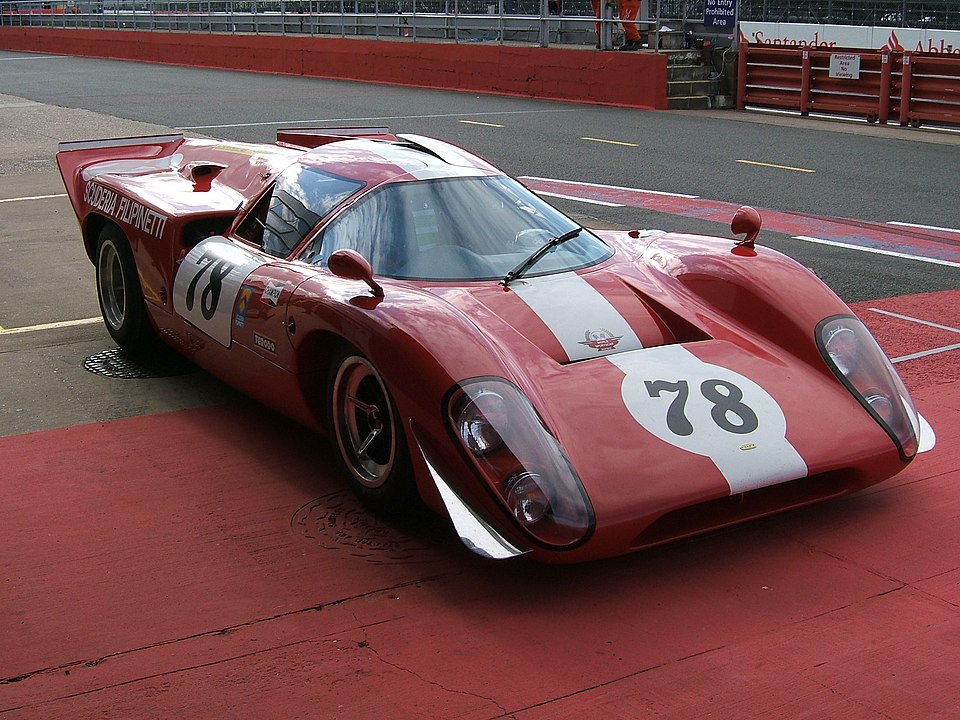
Estimated Value: $400,000
The Lola T70 is a classic race car from the 1960s that was designed for use in the Can-Am and Group 7 series. With a lightweight aluminum body and powerful V8 engine, the T70 proved to be a dominant force on the track. It was known for its excellent handling and speed, allowing it to win multiple races across the United States and Europe. The car was especially noted for its engineering innovation, including a flexible chassis that gave it an edge in cornering.
The T70 remains popular among vintage racing enthusiasts, largely due to its success on the track and its association with the golden age of motorsport. Although the car had a relatively short production run, its iconic status and relatively accessible price compared to some other race cars make it a favorite among collectors and vintage race car drivers.
Ferrari 250 MM (1953)
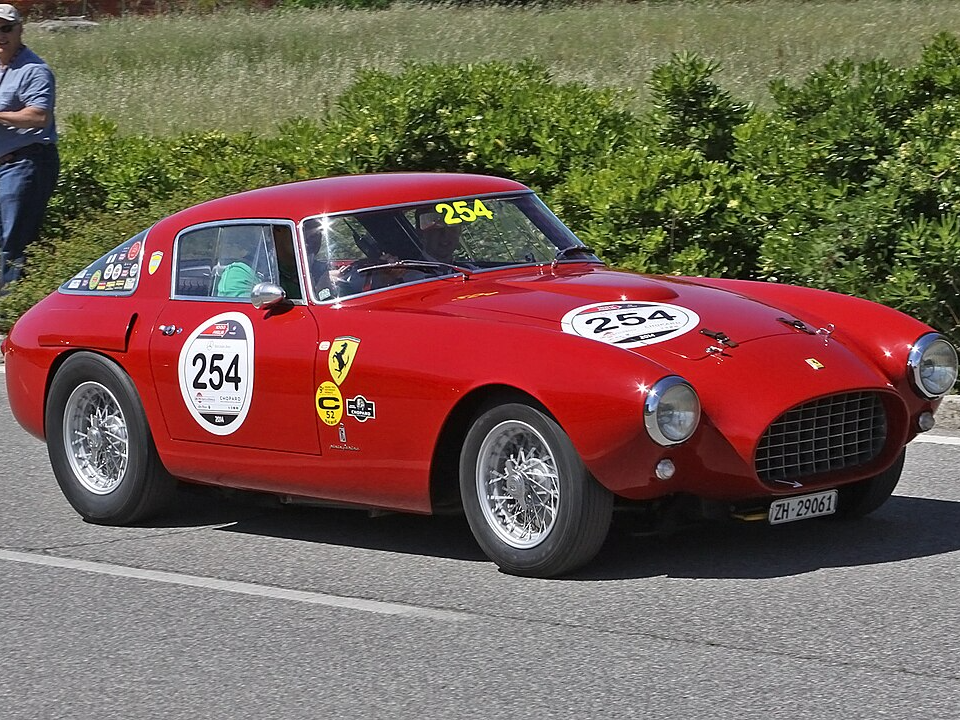
Estimated Value: $5 million to ~$9 million
The Ferrari 250 MM was a limited-production model designed for endurance racing, and its significance lies in both its performance and its connection to Ferrari’s legacy. With a 3.0-liter V12 engine, it provided excellent acceleration and handling, making it competitive in events like the Mille Miglia, from which it took its name. The car’s streamlined body and aggressive stance made it stand out in the 1950s motorsport scene.
Today, the Ferrari 250 MM is one of the most sought-after Ferrari models due to its rarity and its racing history. The car’s combination of style, performance, and limited production has elevated its value among vintage Ferrari collectors, with some fetching multi-million-dollar sales at high-profile auctions.
SS Jaguar 100 (1936‑1937)
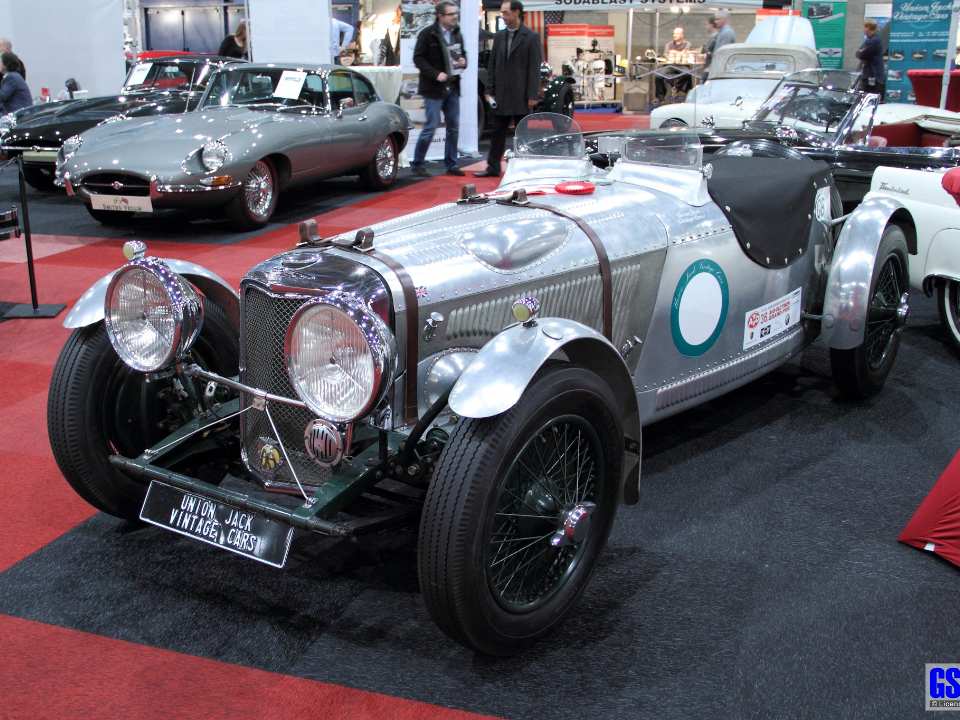
Estimated Value: £300,000 (roughly $400,000+)
The SS Jaguar 100 is an early British sports car that was produced before World War II. It is considered one of the first true sports cars from Jaguar, with a 2.5-liter engine that allowed it to reach speeds of over 100 mph, making it quite advanced for its time. The car’s elegant design, characterized by sweeping fenders and long, curving lines, set it apart from its contemporaries and marked the beginning of Jaguar’s reputation as a luxury performance brand.
While fewer than 200 examples were produced, the SS Jaguar 100 remains a rare and desirable vehicle for collectors. Its combination of pre-war design aesthetics and early performance engineering makes it a standout in vintage British motoring, and it commands impressive prices when found in good condition.
Ferrari 250 Testa Rossa (1957)
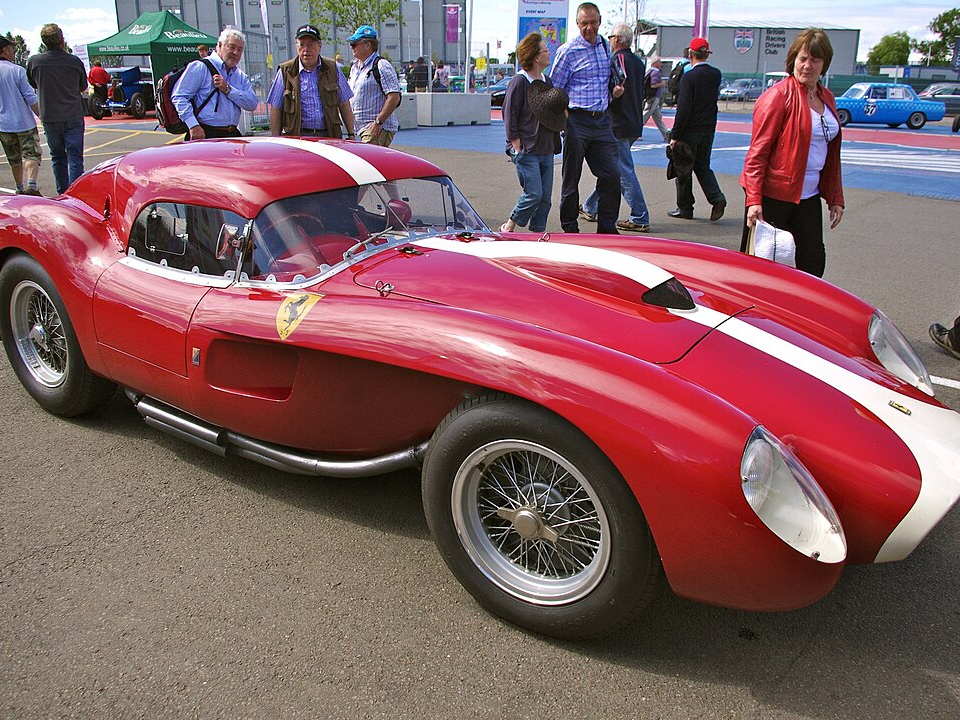
Estimated Value: $16 million+
The Ferrari 250 Testa Rossa is one of the most revered cars in Ferrari’s history. Its name, meaning “red head,” refers to the red-painted valve covers on its V12 engine, which powered the car to multiple victories in endurance races like Le Mans and the Mille Miglia. Only 34 examples of the Testa Rossa were made, and its racing success made it one of the most iconic sports cars of the 1950s.
Even today, the Ferrari 250 Testa Rossa remains a symbol of excellence in motorsport. Its beauty, engineering, and racing pedigree make it a highly desirable vehicle among collectors, with some cars in exceptional condition fetching upwards of $20 million.
Jaguar D-Type (1954‑1957)
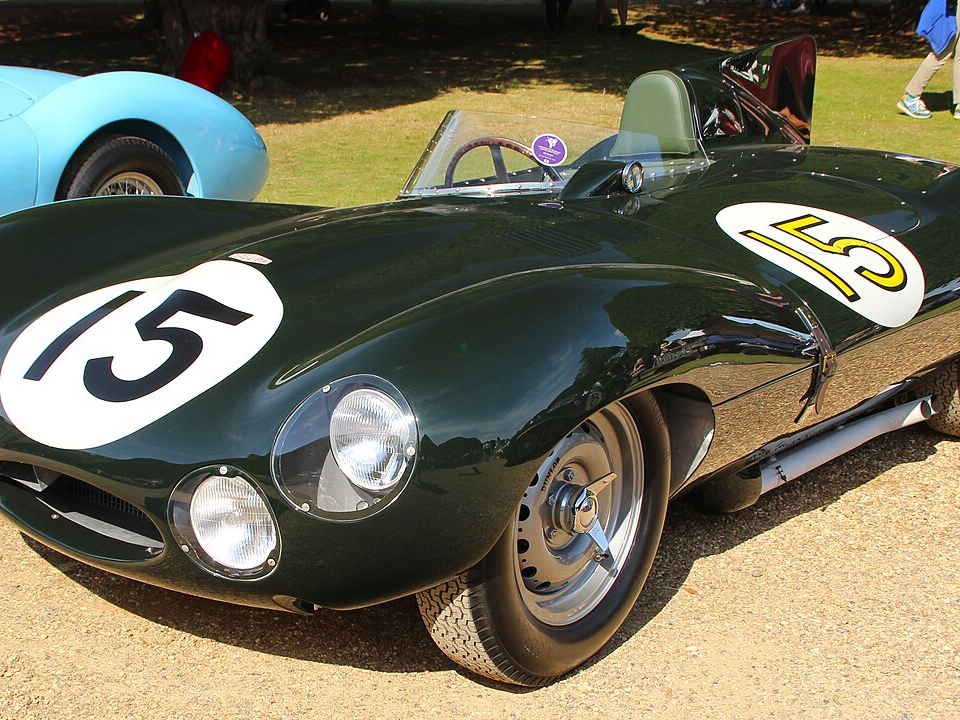
Estimated Value: Multi-million dollar range
The Jaguar D-Type is known for its aerodynamic design and race-winning success at Le Mans, where it triumphed in 1955, 1956, and 1957. The car’s advanced monocoque chassis and sleek body made it an innovative machine for its time, contributing to its dominance on the track. Powered by a 3.4-liter straight-six engine, it was capable of reaching speeds of 170 mph, a remarkable achievement for the era.
Its racing legacy, combined with the fact that only 18 original D-Types were built, makes it an incredibly valuable piece of automotive history. With its aerodynamic design and victories at major endurance events, the D-Type remains a highly coveted model for collectors, and examples with racing provenance can fetch upwards of $20 million.
Aston Martin DB4 GT (1959)

Estimated Value: $3 million+
The Aston Martin DB4 GT is one of the most elegant and potent British sports cars from the late 1950s. Powered by a 4.0-liter inline-six engine, it was capable of speeds exceeding 150 mph, making it one of the fastest cars of its era. The DB4 GT was designed to compete in both racing and luxury markets, making it a car that could be driven on the track and then shown off on the streets.
Today, the DB4 GT is a prized collector’s car due to its rare production numbers (only 75 were built) and its connection to the early days of Aston Martin’s legendary racing success. Its combination of refinement, power, and history makes it one of the most desirable vintage cars for serious collectors.
Porsche 550 Spyder (1953‑1956)

Estimated Value: $4 million to ~$6 million
The Porsche 550 Spyder is a lightweight, mid-engine roadster that quickly became famous for its racing success and its association with actor James Dean, who tragically died in one. With a 1.5-liter four-cylinder engine producing 110 horsepower, the 550 Spyder was built for speed and agility. It achieved multiple wins in races such as the Carrera Panamericana and the Sebring 12 Hours.
Today, the 550 Spyder remains one of Porsche’s most iconic cars, admired for both its racing pedigree and its tragic cultural significance. With only 90 examples ever built, its rarity and historical importance make it one of the most sought-after collector’s cars. Prices for well-preserved or historically significant models have soared in recent years.
Lotus 18 (1959‑1960)
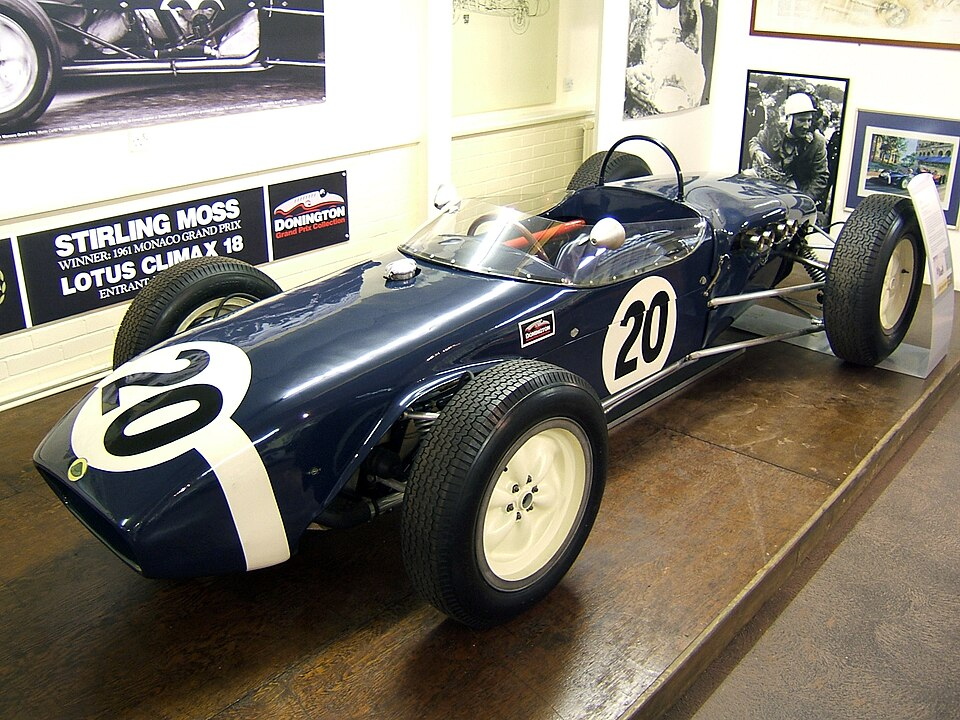
Estimated Value: $500,000 to over $1 million
The Lotus 18 was the first mid-engine Formula 1 car from Lotus, and it marked a major milestone in racing car design. Powered by a 1.5-liter Coventry Climax engine, the 18 was a lightweight and agile car that became a dominant force in early Formula 1 racing. It was used by legendary drivers such as Jim Clark and Graham Hill, who helped cement its place in racing history.
The 18’s design paved the way for future F1 cars, influencing everything from weight distribution to aerodynamics. While the car is not as well-known as some of its contemporaries, its technical advancements and racing history have made it a sought-after collector’s item, with restored versions fetching impressive prices at auctions.
Maserati Tipo 61 ‘Birdcage’ (1959‑1961)
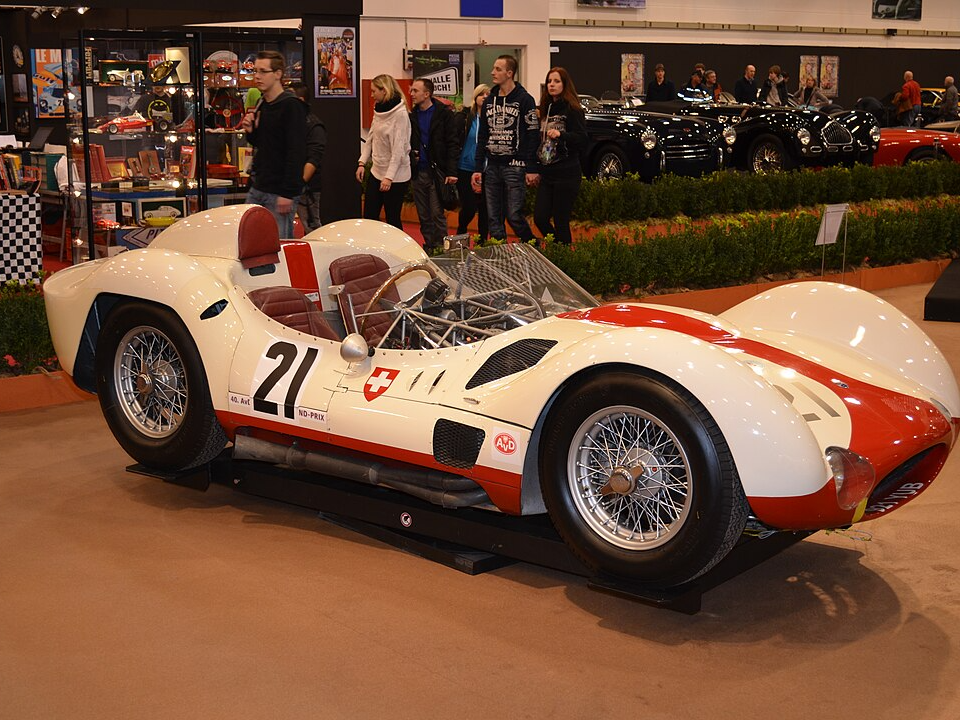
Estimated Value: $2 million to ~$3 million
The Maserati Tipo 61, also known as the Birdcage, is a highly sophisticated race car famous for its unique chassis design, which used a complex tubular frame that resembled a birdcage. This lightweight frame, combined with a 2.0-liter four-cylinder engine, made the Birdcage a fierce competitor in the sports car racing world. The car’s striking appearance, with its open-wire structure, made it one of the most visually distinctive race cars of its time.
The Tipo 61’s success at races such as the 1960 Targa Florio cemented its place in motorsport history. While only 22 examples were built, its rarity and advanced engineering make it a highly prized collector’s item. Owning a Birdcage means having a piece of Maserati’s engineering legacy, and its value continues to climb as fewer original models remain in circulation.
Porsche 911 R (1967)
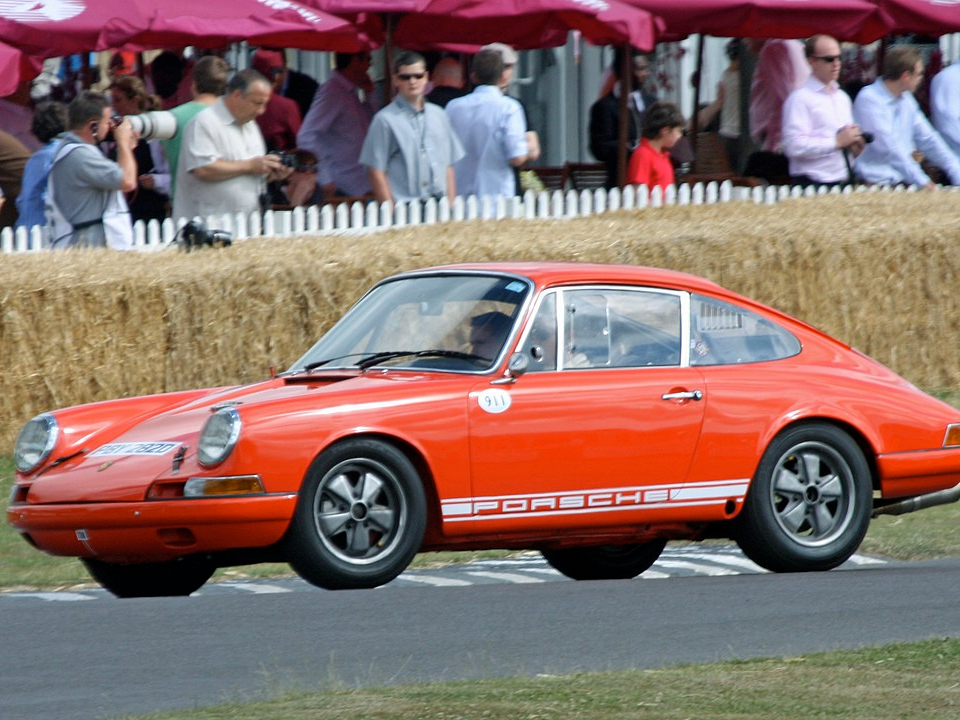
Estimated Value: $750,000 to over $1 million
The Porsche 911 R is a lightweight version of the iconic 911, created for racing and sports-car enthusiasts alike. With a 2.0-liter engine producing 210 horsepower, the 911 R was a pure performance vehicle that prioritized agility and speed over luxury. The car’s lightened body and stripped-down interior were perfect for racing, and it quickly gained a reputation for its handling and performance on both track and road.
Although only 20 units were produced, the 911 R is highly prized among Porsche collectors. Its rarity and racing heritage make it a sought-after car at auctions, with values consistently rising for well-preserved examples. The 911 R’s position as one of Porsche’s most significant early performance cars has helped it achieve legendary status.
McLaren M1A (1964‑1965)

Estimated Value: ~$300,000–$800,000
The McLaren M1A was McLaren’s first race car and marked the beginning of the brand’s motorsport legacy. Designed for the Can-Am series, the M1A was powered by a 5.0-liter Chevrolet V8 engine, capable of producing 400 horsepower. The car’s innovative design, featuring a lightweight monocoque chassis, made it a competitive force on the racetrack. Despite its early status as a prototype, the M1A proved McLaren’s capabilities in motorsports.
Today, the M1A is celebrated for its role in McLaren’s rise to prominence. Its historic significance and connection to the development of one of the most successful teams in racing make it a prized possession for collectors. While it may not fetch the same prices as some other vintage race cars, the M1A remains a highly valued piece of motorsport history.
Ford Mustang Boss 302 Trans-Am (1969‑1970)
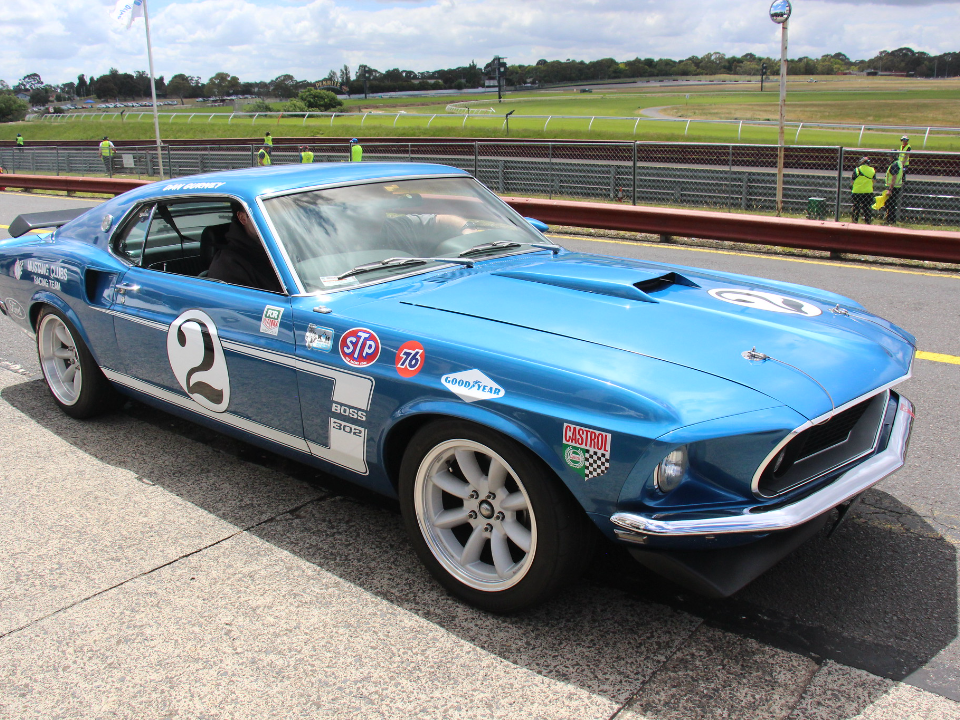
Estimated Value: ~$200,000–$400,000
The Ford Mustang Boss 302 Trans-Am was specifically designed to compete in the Trans-Am series, an American road-racing series that was highly popular in the 1960s and 1970s. With a 302-cubic inch V8 engine and various racing modifications, the Boss 302 became one of the most feared competitors on the track. The car was developed to adhere to racing specifications while still retaining the essence of the Mustang’s street appeal.
Despite its limited production, the Boss 302 became a fan favorite due to its combination of performance and visual flair. Its success in the Trans-Am series and its status as one of Ford’s most iconic performance cars continue to keep it in high demand. The car’s racing history and its connection to the Mustang legacy make it a highly prized model for muscle car enthusiasts and collectors.
BMW 3.0 CSL ‘Batmobile’ (1973‑1975)
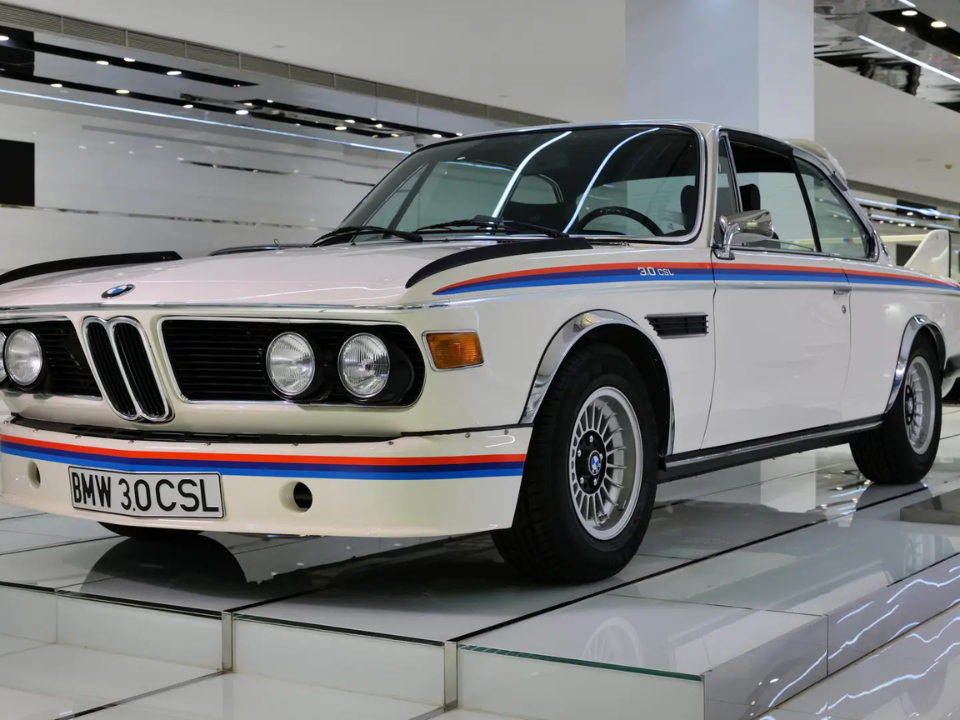
Estimated Value: $150,000–$300,000
The BMW 3.0 CSL, known as the “Batmobile” due to its distinctive rear wing, was developed for the European Touring Car Championship. With a lightweight aluminum body and a 3.0-liter inline-six engine, the CSL was a dominant force in racing, winning multiple championships throughout the 1970s. Its unique aerodynamic modifications, particularly the oversized rear wing and front spoiler, made it a standout in both performance and design.
While the car was produced in limited numbers, the 3.0 CSL remains one of the most important BMW models in motorsport history. Its racing success, combined with its aggressive styling and limited production, makes it a highly desirable model for vintage car collectors. The Batmobile’s legendary status in racing and its iconic look have helped it retain value over the years.
This article originally appeared on Avocadu.
